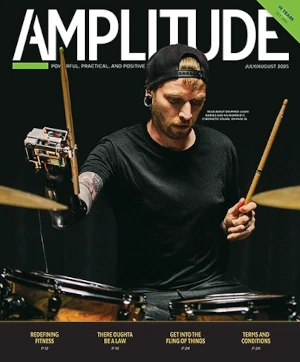
The United States isn’t the only country that incurs thousands of avoidable amputations due to inconsistent, inaccessible diabetes care. It’s a worldwide problem. And a new program from the Tuscany region of Italy may offer a solution.
The Diabetic Foot Valley project was launched in 2022 to establish new standards for coordinated, holistic management for people with diabetic foot syndrome. The initiative unites healthcare providers, policymakers, and researchers under a unified framework. The DFV is described as a “bottom-up” model, meaning it begins with clinical evidence from the front lines of diabetes care and flows upward to the administrative, regulatory, and policy levels. By fostering cooperation across geographic and scientific boundaries, the project hopes to cultivate a seamless network of diabetic foot clinics and centers of excellence.
How the Diabetic Foot Valley works
The DFV is founded on a preventive-care approach. The project aims to establish evidence-based protocols for early diagnosis, risk assessment, and multidisciplinary treatment. Patients benefit from team-based care that begins with a healthy day-to-day routine and includes routine monitoring to detect and address complications before they become serious.
The project’s founder, endocrinologist Alberto Piaggesi, devised the Diabetic Foot Valley to counteract the sharp disparity’s in diabetes treatment in Tuscany. The region’s 15 diabetes clinics varied sharply in their approaches to foot care, with divergent technologies, health charts, treatment standards, and approaches to followup care. Over a period of months, regional clinicians hammered out uniform standards to ensure that patients at all 15 clinics had access to equivalent care.
The European Wound Management Association immediately latched onto the Diabetic Foot Valley as a model that could be scaled up to improve diabetes care and reduce amputations at the national and international levels. And the American Limb Preservation Society (ALPS) has also taken notice: At its 24th annual Diabetic Foot Conference last week, it named Piagessi the winner of the Edward James Olmos Award for Advocacy and Education in Limb Preservation.
Next Steps for the Diabetic Foot Valley
The DFV project has begun to establish a regional database that will serve as a centralized repository for outcomes data. All regional clinics will share health records to the database, giving researchers a crystal-clear picture of what’s working and what isn’t. The project will be closely watched not only by medical experts but also by healthcare economists, who are under pressure to reduce the financial burden imposed by an epidemic of avoidable amputations.
Plans are already underway to migrate the DFV model from Tuscany (where it will roll out over the next two to four years) to regions elsewhere in Europe. The EWMA has begun courting partnership from private-sector drug companies and medical device manufacturers. And leaders in other complex areas of medicine (such as cancer care and heart care) are paying close attention. If the Diabetic Foot Valley succeeds, it could serve as a template for improving outcomes in other diseases.
Learn more about the DFV in the Integrated Care Journal and the Journal of Wound Management.




